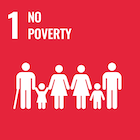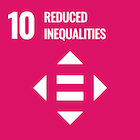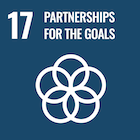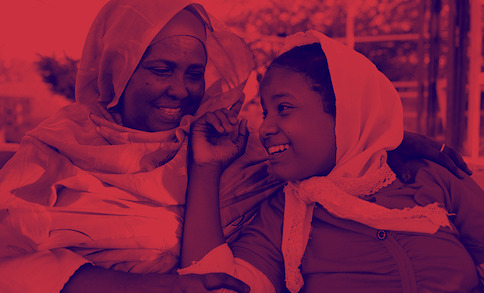

Female genital mutilation/cutting (FGM/C) constitutes a serious health risk for millions of girls and women worldwide. Although considered a violation of human rights, it remains highly prevalent in many developing countries as part of traditional practices motivated by a system of beliefs, from religious creed to marriageability concerns.





A prominent view of FGM/C is that this practice persists because of coordination problems: individuals would prefer not to participate but would be worse off if they were to abandon the practice unilaterally due to factors such as reputational concerns for parents - who fear being stigmatized for not conforming to local traditions - or worries that the girl will not be able to find a good husband - in the case that she is one of few uncut females in the community. According to that view, a tipping point would be reached when enough individuals abandon FMG/C in a community. After that point is reached, social incentives to conform to the practice would no longer dominate and FGM/C would no longer be prevalent in the community. This is the view behind common interventions spearheaded by international organizations, such as public declarations, which try to get a critical mass of families to let the community know that they will no longer conform to the practice. Such approaches, however, have met limited success over in recent decades: FGM/C has been remarkably stable in developing countries like Sudan. Why?
In a first study, we investigated whether FGM/C indeed exhibits the properties necessary to be considered a social coordination norm. This study took advantage of the fact that, in Sudan, girls who are cut have henna tattoos applied to their feet, right before they reach school age. By partnering with local schools, we obtained anonymized pictures of female students’ feet to compute the share of girls across different villages. If the coordination theory is correct, then the study should document only two types of villages: those with 100% cutting (above the tipping point) or with 0% cutting (below the tipping point). Nevertheless, the study documented that the prevalence of FGM/C varies tremendously from village to village, with no trace of a tipping point across villages.
In a second study, we investigated what sources of motivation were more likely to explain support for FGM/C, focusing on religious beliefs and marriageability concerns. For this study, four versions of a fictional movie were produced using local talent. All versions showed a family who had a girl right before the typical age for FMG/C. One version included a segment discussing how FMG/C is not necessarily mandated by religion. Another version included a discussing how FGM/C is not necessarily a prerequisite for finding a good husband down the line. Yet another version included both segments. Finally, a control version included neither. Different versions were randomly assigned to different villages in Sudan. After watching their assigned movies, participants undertook an implicit association test (IAT), which revealed that the movies which questioned sources of extrinsic motivations for FGM/C significantly improved attitudes towards girls who remain uncut.
Together, those findings showcase the limitations to the public declarations approach and highlight the potential of edutainment for changing attitudes towards FGM and ultimately reduce cutting in the long run.
The loop: under-development of girls due to traditional practices like FGM/C.
Breaking the loop: Understanding the mechanisms behind support for the practice highlights which approaches are promising and which are not, with the potential to decrease violence against girls
Female Genital Cutting in Sudan
The study shows that movies have a positive influence on attitudes towards uncut girls and therefore repeated exposure could be an effective intervention to reduce female genital cutting.
- StatusResults
- CountrySudan
- Program areaHealth Wellbeing, Gender Equality, Reduced Inequalities, Partnerships
- TopicsFemale Genital Cutting, Social Norms
- PartnersUNICEF Switzerland, UNICEF Sudan
- Timeline2015
- Study TypeRandomized Evaluation
- Sample Size2,260 households across 45 communities / 7,729 subjects across 122 communities
Research Team




Hilal El Fadil Ahmed

Amy Elhadi

Nadia Ahmed Mohmmed Zaid
Similar
Child Development Study
Longitudinal Study on Child Development Based on Wearable Technologies.

School Closures and Reopening in the Pandemic

Preventing Student Dropouts in the Pandemic

The Growth Mindset Project

Preventive Health Care in Malawi

Sex-Selective Abortion in Armenia

Harmful Practices against Girls in Malawi

